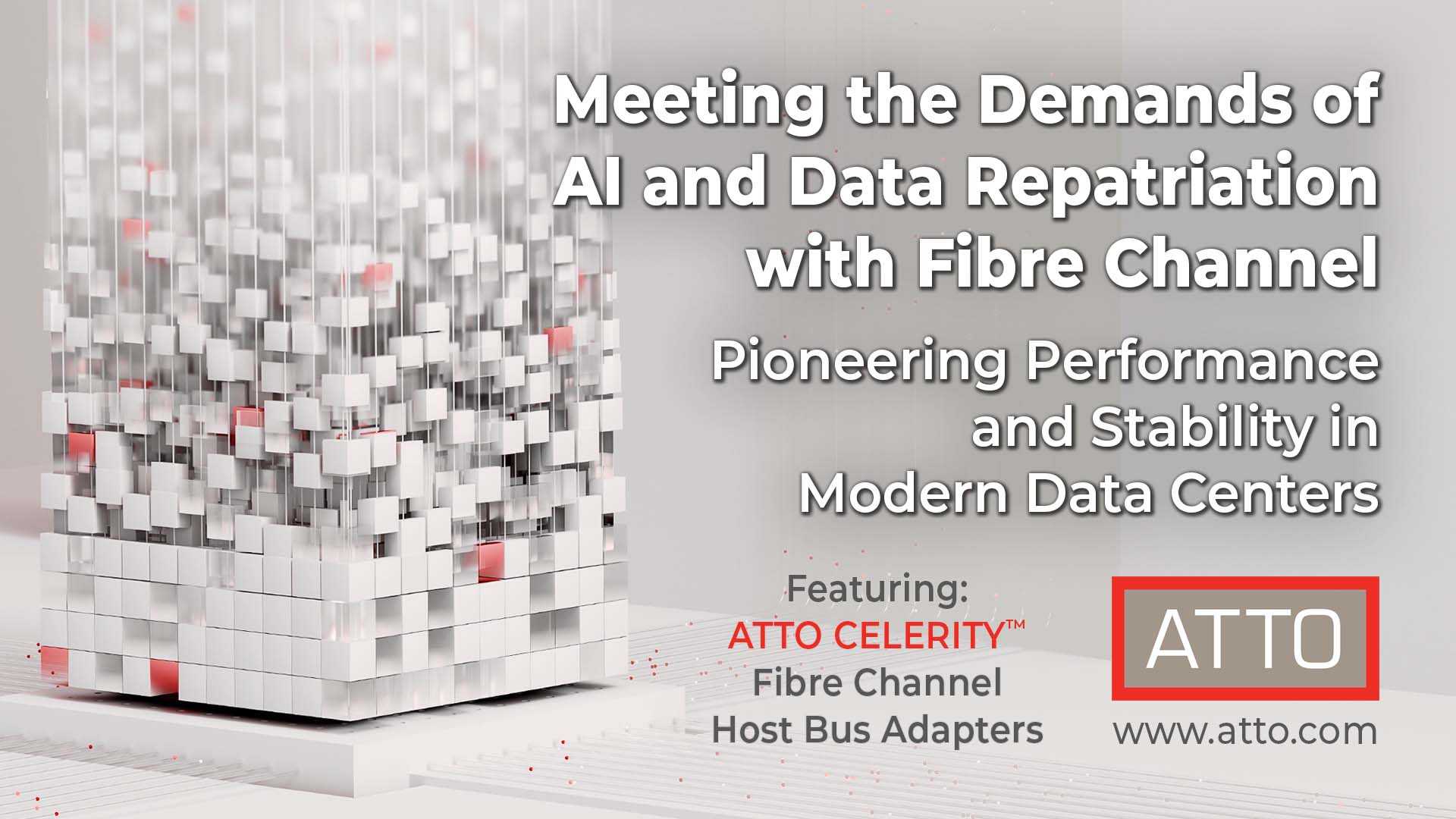
Meeting the Demands of AI and Data Repatriation with Fibre Channel Technology
Fibre Channel: Still a Cornerstone of Data Centers in 2025
In 2025, amidst the ever-evolving landscape of data centers, Fibre Channel connectivity continues to play a critical role. This enduring relevance is primarily driven by two powerful trends: data repatriation—the strategic move of data and applications from cloud services back to on-premises infrastructure—and the explosive growth of artificial intelligence (AI) infrastructure.
The Drivers: Repatriation and AI
Companies are increasingly re-evaluating their cloud strategies. While the cloud offers scalability and flexibility, many organizations are finding that bringing computing resources back to their own facilities offers distinct advantages. This “repatriation” is often motivated by a desire to enhance performance control, reduce recurring cloud costs, and address data sovereignty and security concerns. On-premises infrastructure allows for fine-tuned optimization, minimizing latency and maximizing performance for critical applications. This shift places a renewed emphasis on robust, high-performance connectivity within the data center, precisely where Fibre Channel excels.
Simultaneously, the rapid advancement of AI is placing unprecedented demands on data center infrastructure. AI workloads, such as model training and inference, involve processing massive datasets and require extremely low latency for optimal performance. These applications demand immediate data access and consistent, high-bandwidth connections. The sheer volume of data involved in AI necessitates a reliable and high-throughput network fabric, making Fibre Channel a compelling solution.
Fibre Channel’s Advantages
Fibre Channel is uniquely positioned to address the challenges posed by both data repatriation and AI. It provides the performance and stability essential for demanding applications, ensuring consistent and reliable data delivery. Its deterministic nature guarantees low latency and predictable performance, which is crucial for applications like AI model training and real-time data analytics, where even microseconds of delay can have significant consequences.
Data center architects have long relied on Fibre Channel for mission-critical tasks where latency is paramount. Its robust architecture and dedicated bandwidth make it ideally suited for managing large databases and handling the extensive datasets required by AI. Unlike shared Ethernet networks, Fibre Channel offers dedicated bandwidth and Quality of Service (QoS) features, preventing congestion and ensuring predictable performance. Its inherent security features, including zoning and access control, further enhance its suitability for sensitive data and mission-critical applications.
The synergy between Fibre Channel and all-flash arrays is more important than ever. As data centers increasingly adopt flash storage for its exceptional speed advantages, Fibre Channel networks are essential for unlocking the full potential of these high-performance storage systems. The combination of flash storage and Fibre Channel provides an end-to-end high-performance solution, eliminating bottlenecks and maximizing data throughput. This powerful combination is not only improving current standards but also defining new benchmarks for how high-performance storage is managed in data centers, particularly to support the escalating data needs of AI.
ATTO Celerity HBAs
Our ATTO Celerity Fibre Channel Host Bus Adapters (HBAs) offer ideal solutions for leveraging Fibre Channel in today’s demanding data center environments. Celerity HBAs support speeds up to 64 Gbps, aligning perfectly with NVMe over Fabrics (NVMe-oF), a key technology for maximizing the performance of flash storage and enabling high-performance AI workloads. Their backward compatibility with existing infrastructures simplifies upgrades, minimizing disruption and eliminating the need for costly and time-consuming complete system overhauls. ATTO’s advanced features like Advanced Data Streaming (ADS) technology and MultiPath Director ensure seamless connectivity between servers, workstations, and storage, maintaining synchronization and high availability across the entire infrastructure.
Conclusion
As data centers navigate the complexities of data repatriation and the increasing demands of AI, Fibre Channel remains a vital technology, providing the performance, stability, and security required for mission-critical applications. The combination of Fibre Channel with modern technologies like all-flash arrays and NVMe-oF ensures that data centers can meet the challenges of today and the demands of tomorrow.
